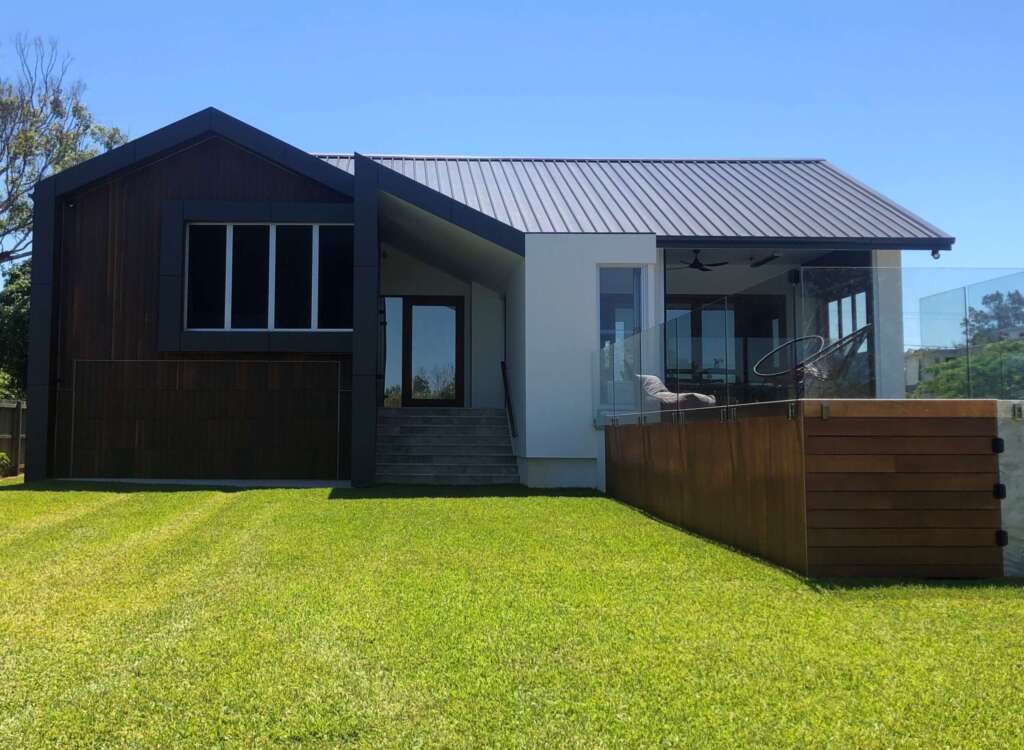Whether you have just started the building process or are well underway, you’re likely already overwhelmed by the hundreds of decisions you need to make.
It is understandable that amongst exciting decisions like facade designs and tile patterns, some less tangible aspects of building a home might become a bit of an afterthought. This is often where the thought of ventilation for your new home ends up. But, how does something as important as home ventilation – a.k.a. how your home breathes – can be tossed to the side? Well, it is because until recently, ventilation was not regulated and did not have a minimum standard so it was often considered an optional extra. Because of this, it’s easy for homeowners to believe the minimum requirements for ventilation were being met and anything extra was just that: extra.
The National Construction Code has plans to implement changes to the building code to enforce more ventilation in 2022 so this is the perfect time to learn more about ventilation to ensure your new home is compliant with the required changes. Learn more about the NCC changes here.
The good news, ventilation is a relatively cheap addition with great benefits for both the home and its occupants. Plus, it’s easy for builders to include in your new build. But it comes back to you, the homeowner, to ask the right questions and ensure your builder includes the ventilation that will get you the best result.
So, exactly why do you need ventilation in your new home?
- Reduces the risk of condensation in the roof space by promoting airflow.
- Increases energy efficiency – by reducing temperatures in the home you won’t need to run expensive air conditioners 24 hours a day. And, when the AC is running, it won’t need to work as hard. Both of which contribute to lower energy use and therefore promote energy efficiency.
- Your home will feel cooler – by promoting airflow and allowing the hot air to escape the structure and allowing cooler air in.
- It’s cost effective to include while building and the benefits are for the lifetime of the home. Vent-A-Roof specifically does not require maintenance or eventual replacement as it is a static vent that has no moving parts. To learn more about the benefits of Vent-A-Roof for your home click here.
So when you’re talking with your builder, ask them about ventilation and Vent-A-Roof to see what your options are. It will most certainly be worth the investment.
To learn more about Vent-A-Roof click contact us here.



